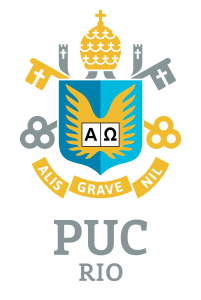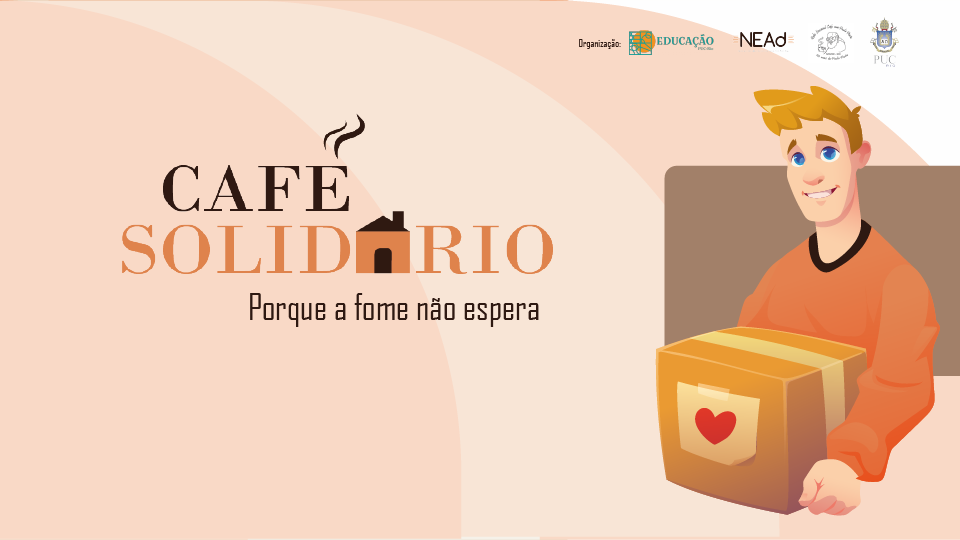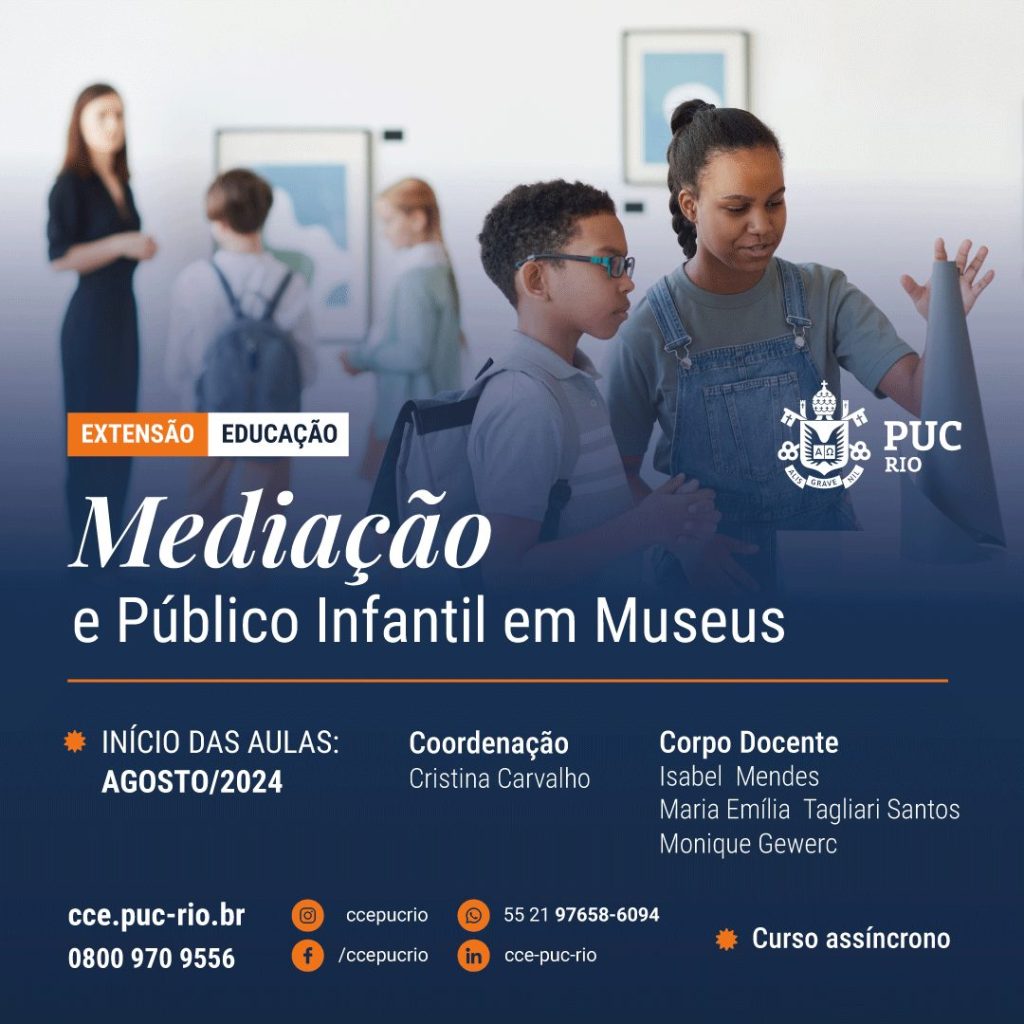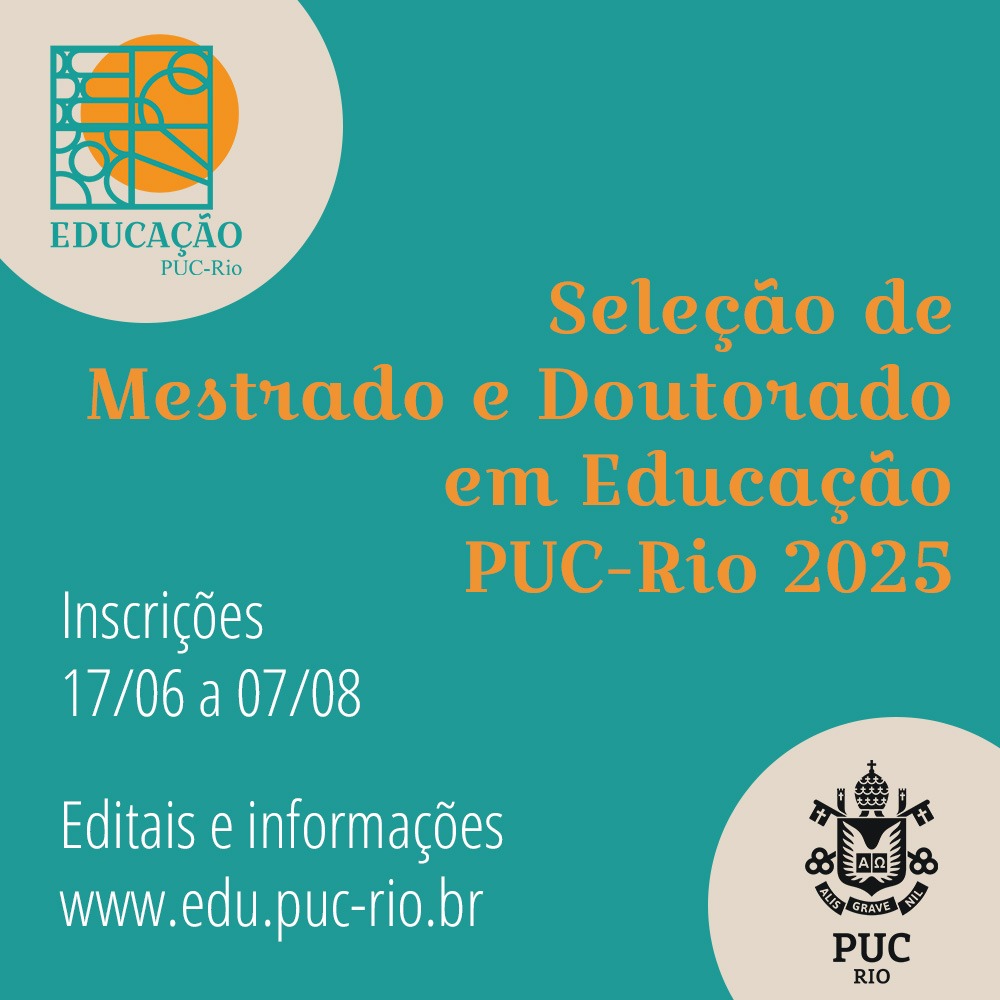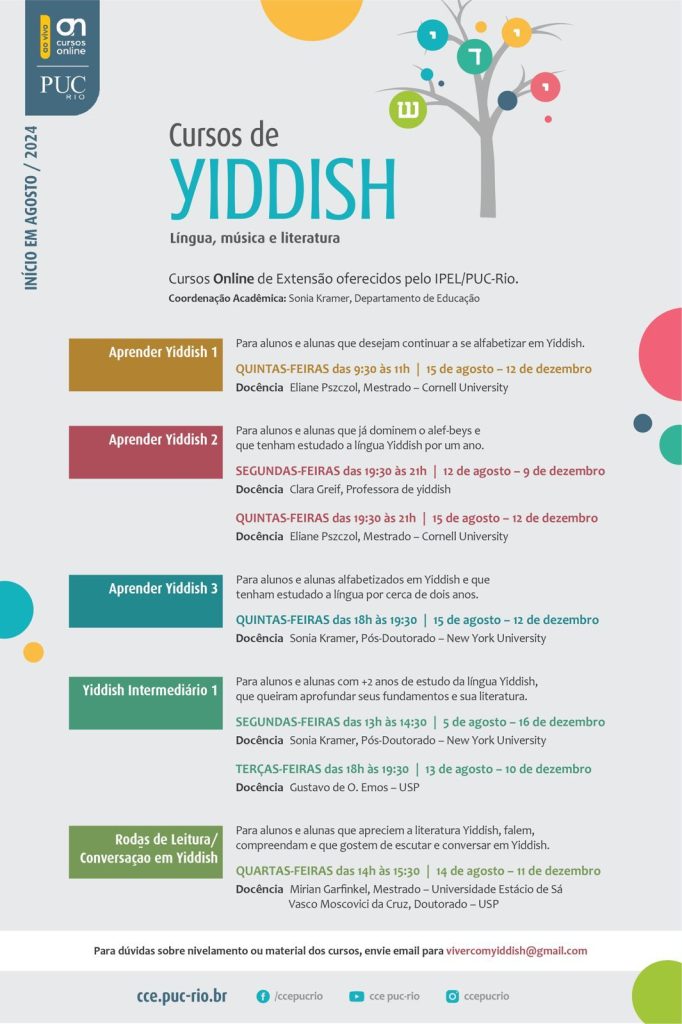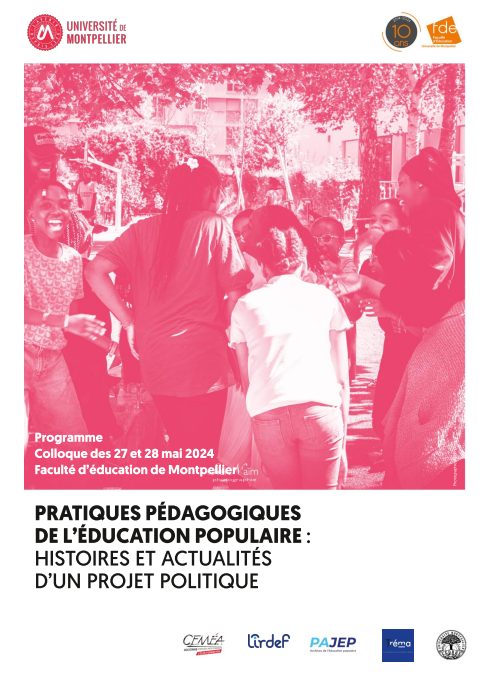Café Solidário – NEAd & Café Paulo Freire
De 15 de setembro a 15 de dezembro. O NEAD e o Café Paulo Freire PUC-Rio estão arrecadando fundos para distribuir cestas básicas. Participe da campanha e ajude a vida de diversas pessoas, clique no link abaixo. Doações para Café Solidário Os alimentos serão comprados nos mercados localizados perto das instituições escolhidas.

